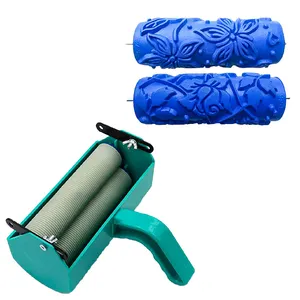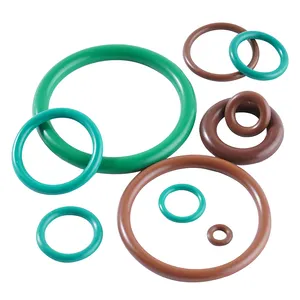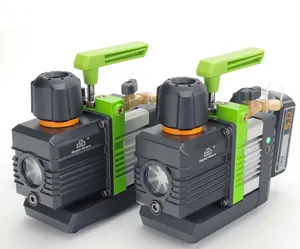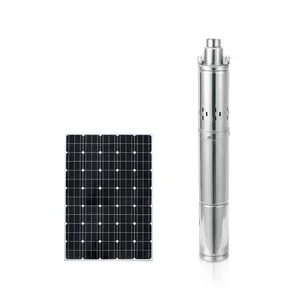Popular in your industry









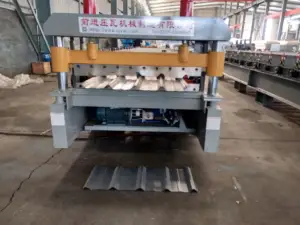


























































































































































































































Top categories
About tile roller
Introduction
Embarking on a flooring project can be a daunting task, especially when it comes to choosing the right tools. One such tool that can revolutionize your project is the tile roller. This high-tech advanced ceramic product, available in a variety of sizes and quality ranges, is renowned for its superior strength and excellent performance. From understanding what tile rollers are, to choosing the right one for your project, using them effectively, and maintaining them properly, this ultimate guide will provide you with all the information you need to make your flooring project a success.
Understanding Tile Rollers: What They Are and Why They Matter
Tile rollers, also known as Ceramic Rollers, are high-tech advanced ceramic products made with patented cool isostatic pressing technology. They are renowned for their superior strength in high temperatures and excellent performance, earning them a good reputation in the market. These rollers are available in a variety of sizes, with diameters ranging from 21mm to 65mm and lengths up to 4800mm. They come in several quality ranges, suitable for different applications and requirements.
Types of Tile Rollers: Choosing the Right One for Your Project
When choosing a tile roller for your project, consider the variety available on Alibaba.com. The platform offers different types of rollers suitable for various flooring types like laminate, vinyl, and carpet. Each roller has unique features and is designed for specific flooring types.
Manual Tile Rollers
Manual tile cutters are an essential piece of equipment for any tiling job. They are used for cutting standard ceramic and porcelain tiles. This is done by running the scoring wheel, positioned beneath the bar along your measured tile, to create a score. Then, using the breaker, apply pressure along the scored line to snap the tile. Manual tile cutters are generally cheaper, easier to setup, and more portable than electric cutters. They allow professionals to cut tile at a much faster rate. However, harder materials like porcelain tiles can be difficult to score and cut with manual cutters.
Electric Tile Rollers
Electric tile cutters are ideal for cutting various tile sizes and materials. They are equipped with powerful motors and diamond blades that can cut through the hardest forms of tile. Some models feature a Zero Dust system, reducing breathable dust particles for a safer working environment. The latest models include off-road type reinforced wheels and an adjustable cooling system for improved efficiency and convenience.
How to Use a Tile Roller: Step-by-Step Guide
To use a tile roller effectively, start by preparing the surface. Avoid applying on loose, uneven, or heavily textured flooring, and areas with extreme temperatures. For a superior bond, consider using a bond-enhancing primer. Once the surface is ready, find the center of your room and lay out the tiles. Remove the backing and apply the tiles to the floor, rotating them for the best look. Be aware of slight design variations from tile to tile, which should not affect the overall appearance of your floor.
Preparation
Before using a tile roller, it's crucial to prepare the surface correctly. This involves leveling the wall, understanding the requirements of the surface being tiled, and ensuring the surface is clean and free of dust or heavy particles. If you're tiling over old tiles, treat them with a grinder or a primer to provide a better surface for the adhesive. For drywall, allow fresh plaster to dry and achieve a rough texture for the adhesive to bond well. Always ensure the surface is perfectly dry before applying the adhesive.
Application
Once you've glued down your tiles, move the tile roller to the room's center. The roller's purpose is to eliminate any trapped air bubbles beneath the flooring. Push the roller from the room's center to the outside edge and return it along the same path. Overlap the path slightly each time to ensure thorough coverage. Continue this process until all air pockets have been removed. Finally, make a last roll around the outside edge where the tile meets the walls to ensure all air is expelled.
Post-Application
After applying the tile paint, allow the final coat to dry for 24 hours before walking on the painted tile, and wait 72 hours before placing furniture in the room. Avoid dragging furniture on the floor when you do. The paint fully cures in seven days, so it’s a good idea to take precautions and avoid cleaning the painted floor during the first week. This process ensures the durability and longevity of your newly painted tile floor.
Maintenance and Care for Your Tile Roller
Maintaining your tile roller is crucial for its longevity and optimal performance. Regularly clean your tile roller to prevent build-up of adhesive materials. If you need to move heavy objects, always use protective measures to avoid damaging the roller. Inspect your tile roller regularly and replace parts as necessary. Avoid exposing your tile roller to extreme sunlight and heat, which can cause discoloration or damage. Use non-staining protectors to prevent any potential damage. Never use abrasive cleaners or steel wool as these may scratch or damage your tile roller. Remember, proper care and maintenance can significantly extend the life of your tile roller.
Cleaning Your Tile Roller
Maintaining your tile roller involves regular cleaning. If you need to pause during a project, place the roller in a large plastic bag to prevent it from drying. To clean, first remove excess material. Then, remove the roller to clean the frame. Wash and rinse the roller thoroughly. After cleaning, ensure the roller is completely dry before storage. Always dispose of the cleaning water responsibly. Remember to wear protective gear when cleaning to prevent skin irritation or eye damage.
Regular Inspection and Maintenance
Regular inspection and maintenance of your tile roller are crucial for its longevity. Sweep your tile roller regularly to remove any debris. If dirt builds up, a gentle mopping with a clear, non-sudsy ammonia-based cleaner is recommended. Avoid using soap or detergent products as they may leave a dulling film. Never flood the roller with water or use abrasive cleaners, steel wool, or scouring powder, as these may damage the roller. If you notice any changes in the roller's performance after cleaning, consult with the manufacturer's customer service.
Safety Tips When Using Tile Rollers
Safety is paramount when using tile rollers. Always wear appropriate protective gear, including gloves and safety glasses. Ensure your workspace is clear of obstacles and hazards. Regularly inspect your tile roller for any defects or damages, and never operate a damaged machine. Proper maintenance and cleaning of your tile roller are also crucial for safe operation. Lastly, always pay full attention to your task, ensuring you're aware of your surroundings and the positions of others in your workspace.
Case Study: Successful Flooring Projects with Tile Rollers
In a successful DIY project, the author transformed their bathroom's ceramic tile floors using a tile roller among other tools. The tile roller was instrumental in applying primer and paint evenly on the tiles, ensuring a smooth and professional finish. The author's experience highlights the effectiveness of tile rollers in home renovation projects, even for beginners. This case underscores the importance of using the right tools, like a tile roller, for successful flooring projects.
Conclusion
In conclusion, tile rollers are an indispensable tool for any flooring project. Their versatility, strength, and excellent performance make them a preferred choice for both professionals and DIY enthusiasts. Whether it's a manual or electric tile roller, choosing the right one for your project can significantly enhance the quality of your work. Proper usage, coupled with regular maintenance and safety precautions, can extend the life of your tile roller and ensure a safe working environment. As demonstrated in the case study, even beginners can achieve professional results with the right tools and techniques. So, revolutionize your flooring project today with a tile roller.


